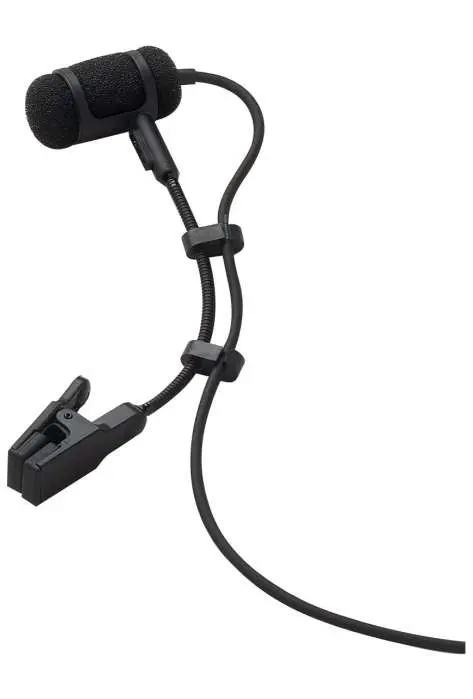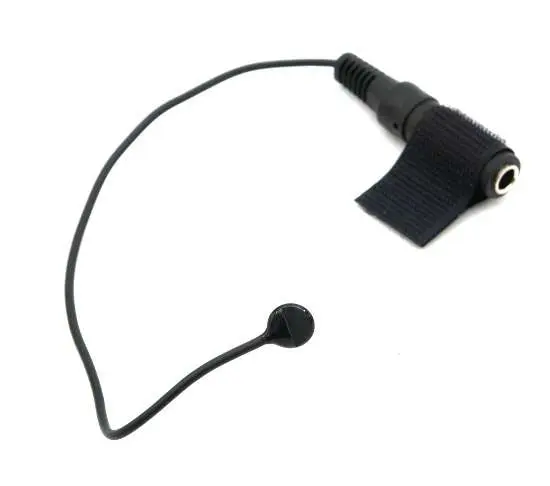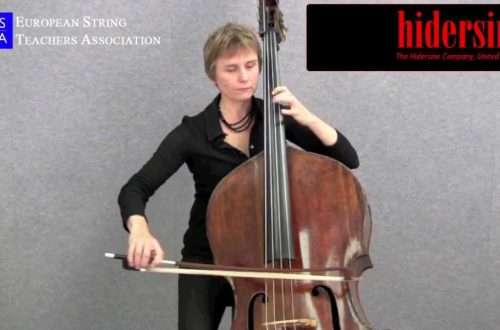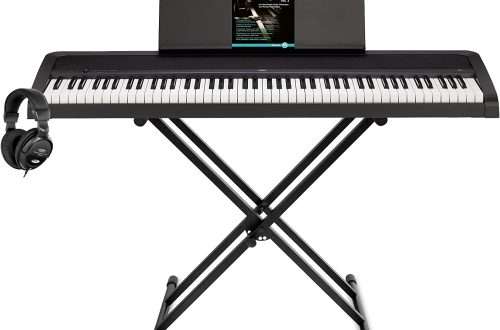
Microphones for string instruments
The natural purpose of string instruments is acoustic performance. However, the conditions in which we perform often force us to electronically support the sound. Most often, such situations are playing outdoors or in a band with loudspeakers. The organizers of various events do not always provide well-matched equipment that will emphasize the sound, but will not distort it. That’s why it’s good to have your own microphone, which will make sure that everything will sound as it should.
Choosing a microphone
The choice of a microphone depends primarily on its intended use. If we want to create a good quality recording, even at home, we should look for a large diaphragm microphone (LDM). Such equipment allows you to achieve softness and depth of sound, which is why it is especially recommended for recording acoustic instruments that need a natural-sounding amplification.
Why is such a microphone more suitable for recording strings? Well, ordinary vocal recording microphones are very sensitive to all hard sounds, and they can accentuate the string scratching and noises generated by pulling the bow. On the other hand, if we play a concert with a band, let’s assume in a club, choose a small diaphragm microphone. It has a much greater dynamic sensitivity, which will give us wider possibilities when we compete with other instruments. Such microphones are also generally cheaper than large diaphragm microphones. They are hardly visible on stage due to their small size, they are handy to transport and very durable. However, large diaphragm microphones have the lowest self-noise, so they are definitely better for studio recordings. When it comes to manufacturers, it’s worth considering Neumann, Audio Technica, or CharterOak.

Outdoor
When it comes to playing outdoors, we should opt for an appetizer. Their great advantage is that they are directly attached to the instrument, and thus give us greater freedom of movement, transmitting a uniform sound spectrum all the time.
It is best to choose a pickup that does not require any violin-making intervention, e.g. attached to a stand, to the side wall of the soundboard, or to larger instruments, mounted between the tailpiece and the stand. Some violin-viola or cello pickups are mounted under the feet of a stand. Avoid such equipment if you are not sure about your instrument and you don’t want to tinker with it yourself. Each movement of the stand, even a few millimeters, makes a difference in the sound, and the fall of the stand may overturn the soul of the instrument.
A cheaper option for the violin / viola pickup is the Shadow SH SV1 model. It is easy to assemble, it is mounted on the stand, but it does not need to be moved. The Fishmann V 200 M pickup is a much more expensive, but more faithful to the acoustic sound of the instrument. It is mounted on the chin machine and also does not require any violin makers. A slightly cheaper and less professional model is the Fishmann V 100, mounted in a similar way, in the recommended way, and its head is directed towards the “efa” to pick up the sound as clearly as possible.

Cello and Double Basses
An American-made pickup from David Gage is perfect for cellos. It has a fairly high price but is appreciated by professionals. In addition to the pickup, we can also eat a preamplifier, such as the Fishmann Gll. You can adjust high, low and volume tones and volume directly on it, without interfering with the mixer.
The Shadow company also produces double bass pickups, one-point, intended for playing both arco and pizzicato, which is very important in the case of a double bass. Due to the extremely low tones and greater difficulty in extracting the sound, it is an instrument that is difficult to properly amplify. The SH 951 model will certainly be better than the SB1, it collects much better opinions among professional musicians. Since double basses play a large part in the acclaimed jazz music, the choice of starters is very wide.
A great invention is a chrome magnet attachment, mounted on the fingerboard. It has an internal volume control. There are many more specialized attachments for specific game types or styles. However, their parameters are definitely not needed by beginner musicians or amateurs-enthusiasts. Their price is also high, so at the beginning it’s best to look for cheaper counterparts.





